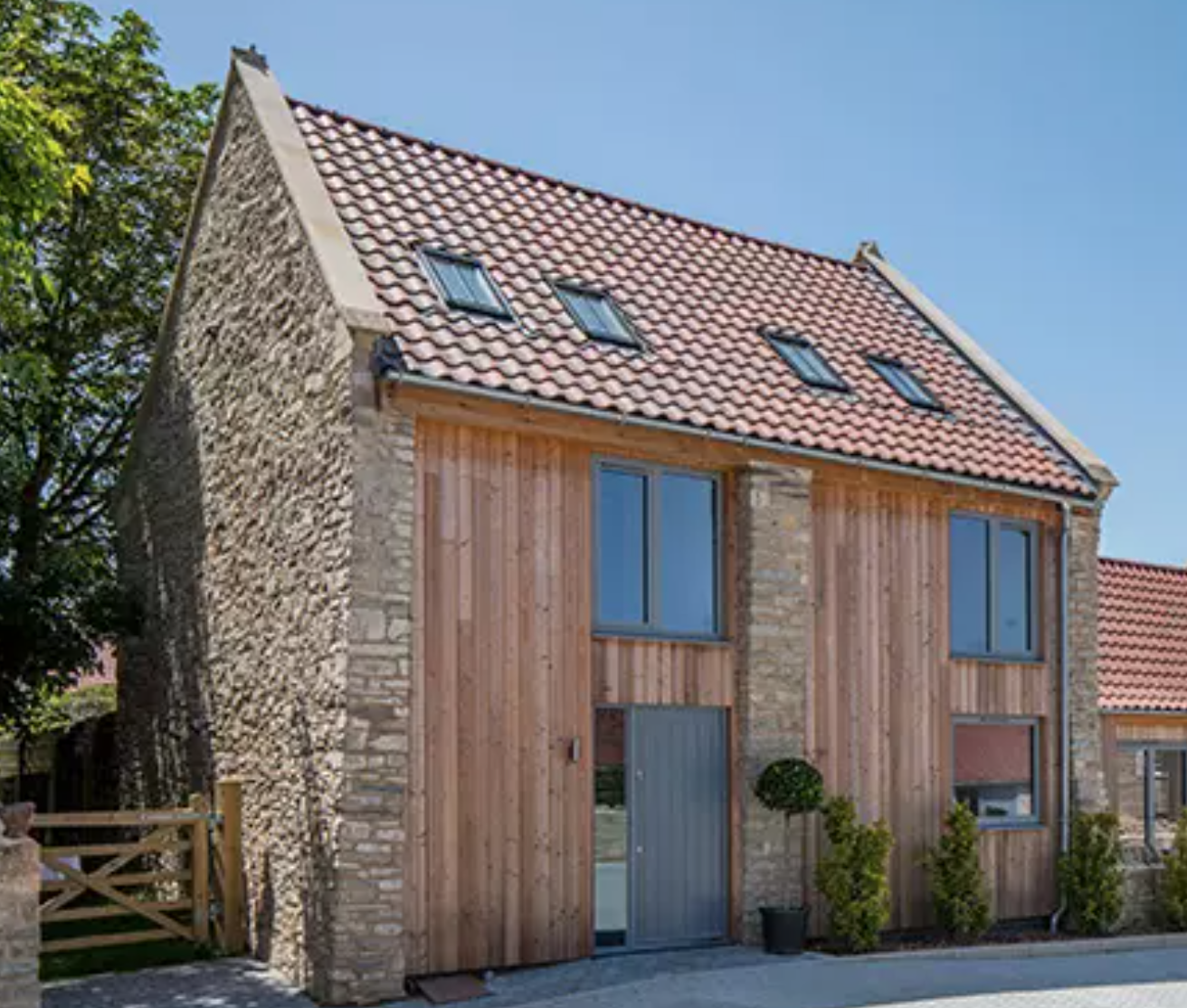SAP calculations for conversions?
Contents |
[edit] Introduction
Calculations carried out using the Standard Assessment Procedure, or SAP, show whether a proposed dwelling meets the energy efficiency requirements of the building regulations. It is primarily used for new-build dwellings, but can be used to assess the performance of extended or refurbished dwellings too.
The SAP methodology was created, and continues to be developed by, the Building Research Establishment (BRE). The government adopted SAP calculations as the preferred approach for assessing the energy performance of dwellings. Major updates to SAP tend to coincide with updates to energy efficiency regulations.
[edit] What do SAP calculations measure?
Measuring the energy performance of a dwelling requires a ‘whole-building’ approach, taking into account a variety of factors and how all of those factors interact. SAP calculations include all of the following:
- Building fabric performance, including U-values of floors, walls, roofs, glazed elements and doors.
- Linear thermal bridging heat losses.
- Heating system and any secondary heating.
- Hot water heating and storage.
- Ventilation.
- Energy efficient lighting.
With the introduction of Part L 2021 in England, the updated SAP 10 features, for the first time, solar photovoltaic systems, detailed information about showers and baths and waste water heat recovery.
Using the SAP methodology, the calculations resulting from the inputted data compare the energy performance of the proposed dwelling with that of a ‘notional’ dwelling of the same shape and size. The proposed emissions must match or better those of the notional dwelling.
In England, SAP is also used to compare the fabric energy efficiency standard (FEES) of the proposed dwelling to the notional dwelling. Again, the regulated energy consumption of the dwelling must match or better that of the notional dwelling.
[edit] When are SAP calculations carried out?
Design stage SAP calculations must be submitted as part of a building regulations application to show that what is being proposed will meet the energy efficiency requirements.
Once work on site is completed, as-built SAP calculations must be submitted to demonstrate that compliance is achieved by what has been constructed. The building control body cannot sign off the dwelling as complete without these calculations.
It is common for the design stage calculations to be carried out only when a more detailed specification starts to be drawn up for the purposes of making the building regulations application. However, there are benefits to having a preliminary calculation carried out in the earlier design stages to help inform planning and layout choices.
Because SAP calculations take into account so many different factors, changing one impacts what is required from all of the others. Setting an outline specification from the outset can help with estimating required external wall thicknesses, or the need to include space for building services, for example.
[edit] Related articles on Designing Buildings
- 2013 changes to the approved documents for part L of the building regulations.
- Air permeability testing.
- Air tightness.
- Applying Fabric First principles: Complying with UK energy efficiency requirements FB 80.
- Approved building energy calculation software.
- Approved documents.
- Building Regulations.
- Building Research Establishment.
- Changes in SAP 10.
- Energy Performance Certificates.
- Energy Performance of Buildings Directive.
- National Calculation Method.
- Passivhaus vs SAP.
- Simplified Building Energy Model.
- Standard Assessment Procedure.
- Target fabric energy efficiency rate.
- U-Value.
Featured articles and news
RTPI leader to become new CIOB Chief Executive Officer
Dr Victoria Hills MRTPI, FICE to take over after Caroline Gumble’s departure.
Social and affordable housing, a long term plan for delivery
The “Delivering a Decade of Renewal for Social and Affordable Housing” strategy sets out future path.
A change to adoptive architecture
Effects of global weather warming on architectural detailing, material choice and human interaction.
The proposed publicly owned and backed subsidiary of Homes England, to facilitate new homes.
How big is the problem and what can we do to mitigate the effects?
Overheating guidance and tools for building designers
A number of cool guides to help with the heat.
The UK's Modern Industrial Strategy: A 10 year plan
Previous consultation criticism, current key elements and general support with some persisting reservations.
Building Safety Regulator reforms
New roles, new staff and a new fast track service pave the way for a single construction regulator.
Architectural Technologist CPDs and Communications
CIAT CPD… and how you can do it!
Cooling centres and cool spaces
Managing extreme heat in cities by directing the public to places for heat stress relief and water sources.
Winter gardens: A brief history and warm variations
Extending the season with glass in different forms and terms.
Restoring Great Yarmouth's Winter Gardens
Transforming one of the least sustainable constructions imaginable.
Construction Skills Mission Board launch sector drive
Newly formed government and industry collaboration set strategy for recruiting an additional 100,000 construction workers a year.
New Architects Code comes into effect in September 2025
ARB Architects Code of Conduct and Practice available with ongoing consultation regarding guidance.
Welsh Skills Body (Medr) launches ambitious plan
The new skills body brings together funding and regulation of tertiary education and research for the devolved nation.
Paul Gandy FCIOB announced as next CIOB President
Former Tilbury Douglas CEO takes helm.
UK Infrastructure: A 10 Year Strategy. In brief with reactions
With the National Infrastructure and Service Transformation Authority (NISTA).























